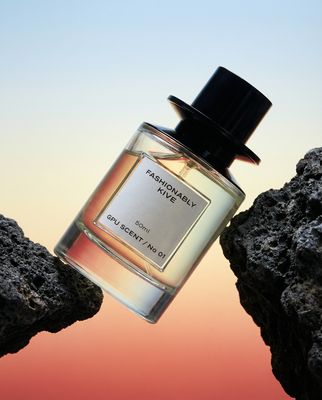Everything about the color Flesh
The meaning of the color flesh and color combinations to inspire your next creation.
Browse images in the color flesh
What color is flesh?
Flesh is a warm, pale hue resembling the natural tone of human skin. It falls within the light peach spectrum, often associated with softness and warmth.
What are similar colors to flesh?
For variations within the same soft and warm spectrum as flesh, consider:
- Beige (#F5F5DC) shares flesh's light, neutral tone with a slightly more muted appearance, offering a versatile and calming effect.
- Ivory (#FFFFF0) is similar to flesh with its creamy, off-white hue, providing a gentle and elegant touch.
- Peach (#FFE5B4) closely resembles flesh with its warm, soft undertones, evoking a sense of comfort and freshness.
- Nude (#F2D2BD) is akin to flesh, offering a slightly deeper, more earthy tone that maintains a natural and understated elegance.
What color goes with flesh?
To complement flesh's warm and neutral tones, consider pairing it with:
- Light pink (#FFD1DC) enhances flesh's warmth with its soft, romantic hue.
- Sage (#9DC28A) provides a refreshing, green-tinged balance that complements flesh's warmth.
- Mint (#F5FFFA) offers a crisp, cool contrast that pairs well with the softness of flesh.
- Lavender (#E6E6FA) adds a touch of elegance with its soothing, purple-tinged hue.
What color conflicts with flesh?
To avoid clashing with flesh's warm and soft tones, consider avoiding:
- Black (#000000) can overpower the subtlety of flesh.
- Gray (#808080) might dull the warmth of flesh.
- Dark brown (#654321) could overshadow the lightness of flesh.
- Bright red (#FF0000) risks overwhelming flesh's gentle hue.
What does the color flesh represent?
Flesh represents warmth, natural beauty, and a sense of comfort, often associated with human skin tones. It symbolizes simplicity and authenticity. Psychologically, flesh evokes feelings of calmness and neutrality, promoting a sense of peace and relaxation. In art and design, flesh is used to create a natural, harmonious palette, often serving as a background or base color to highlight other elements.
What's the history of flesh?
The term "flesh" as a color name dates back to the early 19th century, originally used to describe the natural tone of Caucasian skin. Over time, the definition of flesh has evolved to encompass a broader range of skin tones, reflecting a more inclusive understanding of human diversity. In modern use, flesh is often employed in fashion, cosmetics, and interior design to create a warm, inviting atmosphere.
Color Variations
Shades
Tints
Hues
Color Palettes
Monochromatic
Complementary
Analogous
Triadic
Tetradic
Images with flesh color
Color Conversions
#FFE4C4rgb(255, 228, 196)rgb(100%, 89%, 77%)0, 11, 23, 0hsl(33, 100%, 88%)33, 23, 100#FFE4C492, 4, 1979, 81, 6492, 20, 7711111111, 11100100, 11000100Color(red: 1, green: 0.8941176470588236, blue: 0.7686274509803922)UIColor(red: 1, green: 0.8941176470588236, blue: 0.7686274509803922, alpha: 1.0)Color(0xFFFFE4C4)










